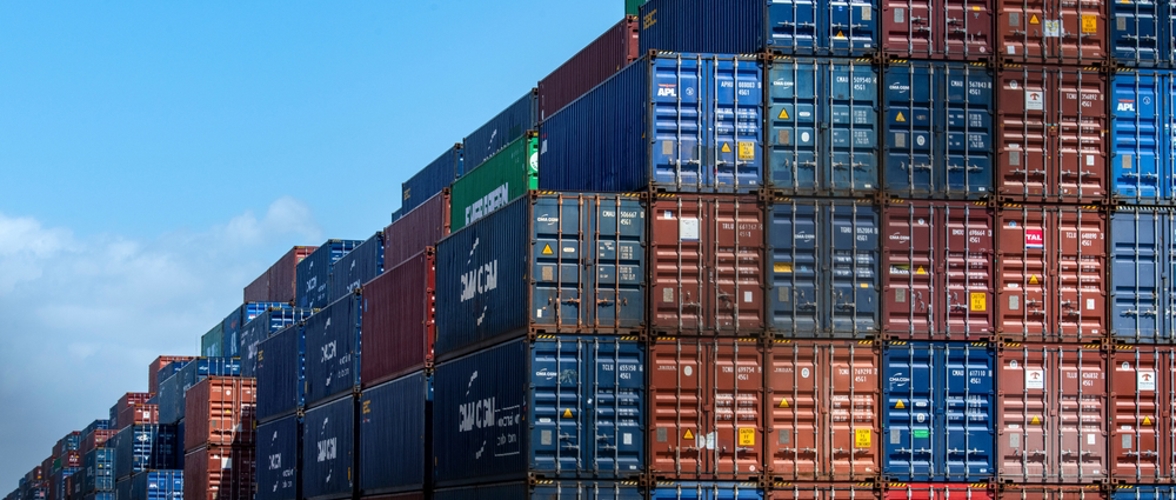While the COVID-19 pandemic continues to wreak havoc across the global economy, bright spots are emerging in the Australian manufacturing sector. IBISWorld has identified industries that are making use of advanced manufacturing capabilities, emerging health and sustainability trends, and disruptive technologies to achieve growth. The manufacturing sector is expected to grow at an annualised 1.2% over the next five years, to $421.3 billion.
‘The expected outperformance of these manufacturing industries demonstrates that it is not all doom and gloom in the Australian manufacturing sector. By focusing on innovation, effective marketing, and favourable economic trends, these industries are able to excel,’ said IBISWorld Senior Industry Analyst Suzy Oo.

Mattress manufacturing
The Mattress Manufacturing industry is projected to excel over the next five years, as firms focus on innovative materials and customised products. Revenue across the industry is expected to grow at an annualised 4.9% over the five years through 2025-26, to $687.6 million.
‘High-end mattress manufacturers are increasingly offering customisable products, which can be tailored to a customer’s body weight and contours. Advanced materials, such as memory foam, gels and hypoallergenic latex, are also improving product comfort and durability,’ said Ms Oo.
Other firms are disrupting the mattress sales model by bypassing the retail sector and selling direct to consumers.
‘Some start-up businesses have adopted the bed-in-a-box business model, which involves selling latex and memory foam mattresses to online customers in a convenient, compact package form. These start-ups have used sustainability, convenience and long trial periods to stand out in the Mattress and Bedroom Furniture Retailing industry,’ said Ms Oo.
Stronger government funding for public hospitals and aged care services is forecast to be a key driver of revenue for mattress manufacturers. The number of Australians aged 70 and older is forecast to grow at an annualised 3.3% over the next five years, driving demand for mattresses.
As travel restrictions ease and the Tourism industry rebounds, the Hotels and Resorts industry will also likely demand more new mattresses.
‘Luxury and semi-luxury accommodation providers that operated as quarantine facilities are anticipated to invest in premium mattress options to revive brand associations and reinforce their luxury image,’ said Ms Oo.
Wine production
The Wine Production industry has been severely disrupted in 2020-21, as China introduced anti-dumping duties on Australian wine and effectively ended access to that market, which previously accounted for 14.3% of industry revenue. Revenue in the industry is expected to fall by 8.3% in 2020-21. However, effective marketing is projected to drive a rebound in revenue for wine makers over the next five years.
‘Amid trade tension with China, Australian wineries are expected to refocus on export opportunities in Canada, South Korea, Taiwan and Indonesia,’ said Ms Oo.
To ensure a smooth transition to alternative export markets and establish a strong brand reputation, Australian wineries are anticipated to heavily invest in effective marketing campaigns. These campaigns are expected to focus on rising health consciousness and environmental awareness, aligning brand values with evolving consumer trends.
‘Globally, consumers are increasingly emphasising organic, natural and minimal-intervention wines. Domestic wineries have an opportunity to build on Australia’s existing reputation as a natural producer of luxury wine and drive demand growth in new markets,’ said Ms Oo.
Australian wineries may also benefit from weakening foreign competition. Declines in global wine production due to poor harvests over the past four years have put pressure on wine inventory levels, while Australian wine production has strengthened.
‘These factors are forecast to support wine producers after the loss of Chinese demand, enabling revenue to grow at an annualised 4.0% over the five years through 2025-26,’ said Ms Oo.
Medical and surgical equipment manufacturing
Since the Australian healthcare sector has pivoted towards responding to COVID-19 patients, demand has risen for a range of medical equipment, such as ventilators and infusion pumps. Revenue in the Medical and Surgical Equipment Manufacturing industry is expected to increase by 3.5% in 2020-21.
‘Over the next five years, ongoing investment in R&D among industry players will likely promote product innovation and boost global demand. Major players ResMed and Cochlear are ahead of the curve, currently injecting additional funding to ramp up their research capacity,’ said Ms Oo.
Australia’s ageing population and rising obesity levels will likely increase the number of high-risk patients over the period, creating stronger demand from public and private hospitals. This trend, combined with greater public health expenditure, is projected to provide growth opportunities in the domestic market. Industry revenue is forecast to rise at an annualised 3.7% over the five years through 2025-26, to $6.6 billion.
In the 2020-21 Budget, the Australian Government committed to investing $6.6 billion in health and medical research over the next four years, including $125.0 million in funding to enhance public access to medical equipment and services in regional areas. These initiatives will likely boost demand from both the public and private healthcare systems over the next five years.
Soap and cleaning compound manufacturing
Changes in personal hygiene practices, and industrial and commercial cleaning protocols are driving product innovation in the Soap and Cleaning Compound Manufacturing industry, with revenue expected to rise by 1.5% in 2020-21. Recent initiatives have included the launch of anti-bacterial wipes and gels, and larger players such as Unilever and Pental are fast-tracking the local production of new products like alcohol-based hand sanitisers and anti-bacterial liquid handwash.
‘To differentiate themselves in a mature and saturated market, soap and cleaning compound manufacturers are anticipated to continue launching new products and expanding product lines over the next five years,’ explained Ms Oo.
Industry revenue is projected to increase at an annualised 2.8% over the five years through 2025-26, to $2.8 billion.
‘Many manufacturers will likely produce new eco-friendly, sustainable or multifunctional cleaning products. Others will likely focus on products with anti-bacterial and anti-viral properties, as health and hygiene remain a priority in the aftermath of the COVID-19 pandemic,’ said Ms Oo.
IBISWorld reports used to develop this release:
- Mattress Manufacturing in Australia
- Wine Production in Australia
- Medical and Surgical Equipment Manufacturing in Australia
- Soap and Cleaning Compound Manufacturing in Australia
- Tourism in Australia
- Hotels and Resorts in Australia
- Mattress and Bedroom Furniture Retailing in Australia
For more information, to obtain industry reports, or arrange an interview with an analyst, please contact:
Jason Aravanis
Strategic Media Advisor – IBISWorld Pty Ltd
Tel: 03 9906 3647
Email: mediarelations@ibisworld.com









